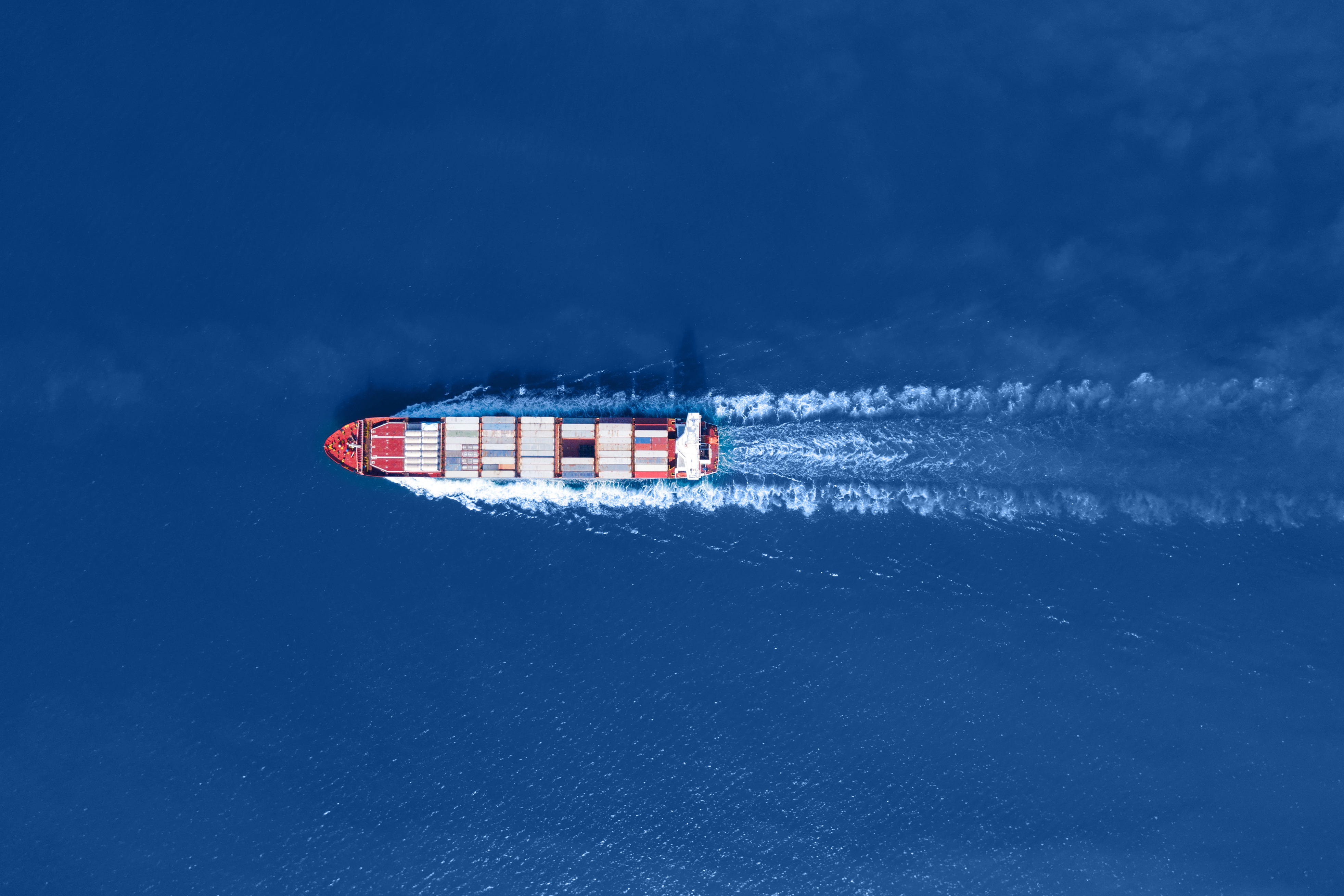
Is marine transportation a sustainable mode of transportation?
We know that 80% of the world’s freight is seaborne, but Is it the most sustainable mode of transport?
According to the St. Lawrence Economic Development Council (SODES), a vessel travels 358 kilometres (km) on one litre of fuel per tonne of goods transported, a train 225 km and a truck 41 km, making marine transportation by far the most carbon-efficient way to carry goods. At the same time, an analysis by the Research and Traffic Group found that on average, moving one tonne of freight one km by ship emits 12 grams (g) of CO₂ compared to 14 g by train and 76 g by truck.
Even though the transportation sector is the largest emitter of GHGs in Quebec, marine transportation accounts for 1.1% of total GHG emissions, according to the latest Quebec inventory of GHG emissions (2018).
A booming mode of transportation
Despite this definite advantage, the constant growth in the volume of goods transported around the world is not without its challenges for the industry’s various stakeholders. The United Nations Conference on Trade and Development (UNCTAD) forecasts that international shipping traffic will grow at an average annual rate of 3.5%.
To keep shipping in line with the principles of sustainable development, in 2018 the International Maritime Organization (IMO) spearheaded an international agreement to cut CO₂ emissions from shipping “by at least 50%” by 2050 compared to 2008 levels.
The entire marine industry ecosystem is ramping up initiatives and projects to achieve this target…
Here are some of the solutions on the table:
- Liquefied natural gas. The cleanest of all fossil fuels, LNG reduces GHGs by about 30% compared to traditional fuels. At the Port of Montreal, an LNG bunkering solution was implemented in 2017. To date, it has been used more than 100 times and has prevented more than 30,000 tonnes of GHG emissions.
- Electric power. With hydroelectricity, Quebec benefits from a clean and renewable energy source. To make it possible for vessels docked in the Port of Montreal to turn off their engines for the duration of their stay, some 20 facilities are available to cruise ships and wintering vessels. In 2020, these facilities alone prevented the emission of more than 3,200 tonnes of GHGs.
- Green hydrogen and green methanol. Produced by electrolysis of water using renewable electricity, green hydrogen is gaining considerable momentum worldwide. Recently, the Port of Montreal signed a cooperation and development agreement with Greenfield Global, which specializes in producing biofuels, to design and implement such innovative green energy solutions.
And we’re just getting started! Sailing, wind and solar power are among the many other options being explored by marine industry stakeholders around the world. Shipping is taking its role in preserving the planet seriously!
